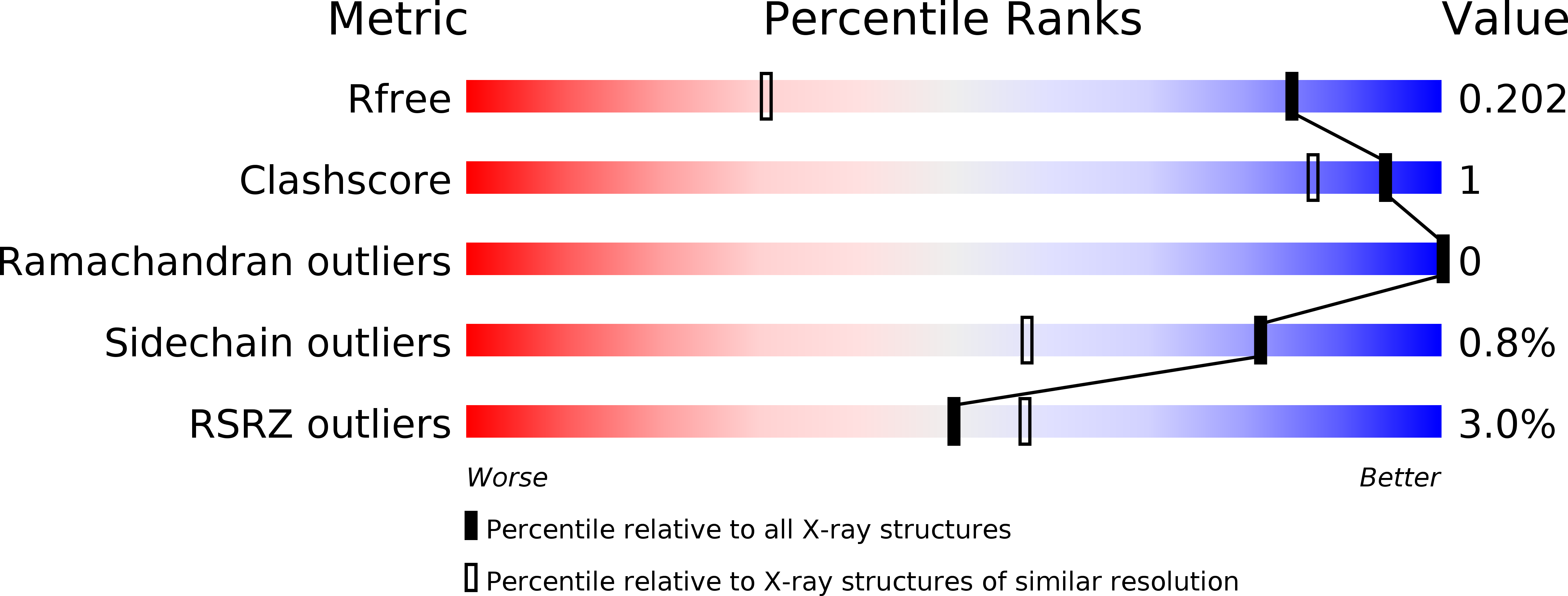
Deposition Date
2015-09-29
Release Date
2015-11-18
Last Version Date
2024-10-16
Entry Detail
PDB ID:
5E13
Keywords:
Title:
Crystal structure of Eosinophil-derived neurotoxin in complex with the triazole double-headed ribonucleoside 11c
Biological Source:
Source Organism:
Homo sapiens (Taxon ID: 9606)
Host Organism:
Method Details:
Experimental Method:
Resolution:
1.34 Å
R-Value Free:
0.19
R-Value Work:
0.16
R-Value Observed:
0.17
Space Group:
P 21 21 21


